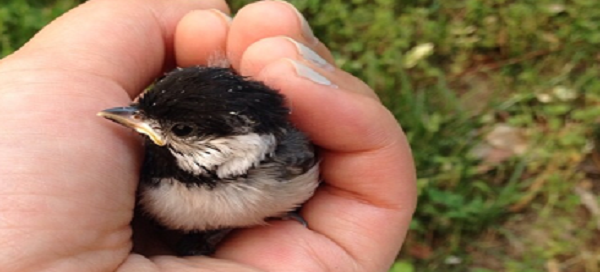
by Charlene Wu
Growing up in suburban Maryland, I encountered all sorts of wild animals on a regular basis – from baby birds learning to fly to clever raccoons causing trouble. As an animal lover, I was thrilled that my backyard provided wildlife habitat and I was fascinated with the idea of coexisting with my neighborhood critters. However, in just the past 25 years, I’ve seen these scattered pockets of suburban and rural areas turn into full sprawling cities, bringing about an onset of environmental concerns and displaced wildlife. Each time I go back home to visit my parents, I see another plaza being built or a new apartment complex that wasn’t there before. This rapid urbanization made me question how wildlife species are adapting to human development, and whether there is a way to create a compromise between advancing human well-being and preserving the environment. Consequently, these are the thoughts that drew me to TLC this summer.
In my summer project, I focused on how urban habitats can be improved for ecological and anthropological purposes. Some questions I looked into were: “How does urbanization affect both human and wildlife health?”; “What are some ways in which city managers and non-profit organizations can work together to improve urban habitats?”; and “How can TLC integrate their vision and goals into urban conservation work?” From my research, I came closer to answering these questions. I learned about the importance of creating green spaces in cities, not only for recreational use but for long-term urban environmental stewardship as well. My research also led me to existing studies that observe migratory birds utilizing urban greenways to rest, and bats foraging for insects around urban green roofs. All of these findings have further fueled my curiosity to understand the multifaceted relationship between humans and wildlife, especially while living in close proximity with one another. During these past 11 weeks, I feel like I have only barely scratched the surface of urban habitat conservation. However, I will be continuing with this research for my Master’s Project, and moving forward, my ultimate goal is to produce an implementable urban habitat improvement plan with comprehensive recommendations for TLC with a focus on Durham.
From conducting fieldwork with TLC’s awesome conservation staff, to researching, to writing grants to ensure nature preserve quality, I have learned so much during my Stanback Internship about the multitude of ways in which we can address environmental conservation. TLC is a great organization run by people who are truly passionate about environmental protection and I feel so lucky to have had the opportunity to work here. Although I feel bittersweet about leaving my internship, I am looking forward to diving deeper into my research on urban habitat conservation and continuing to collaborate with TLC throughout the upcoming academic year.
